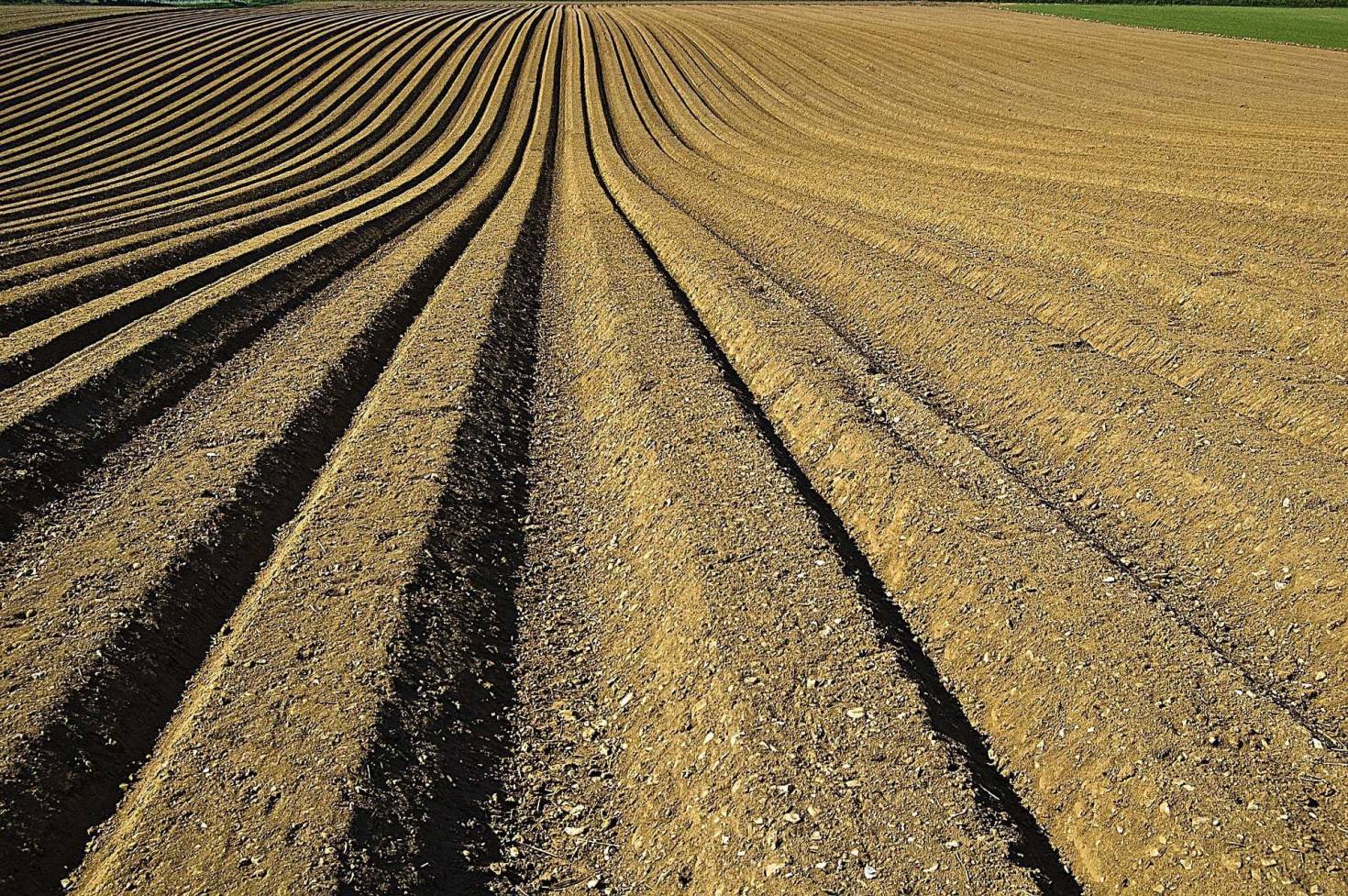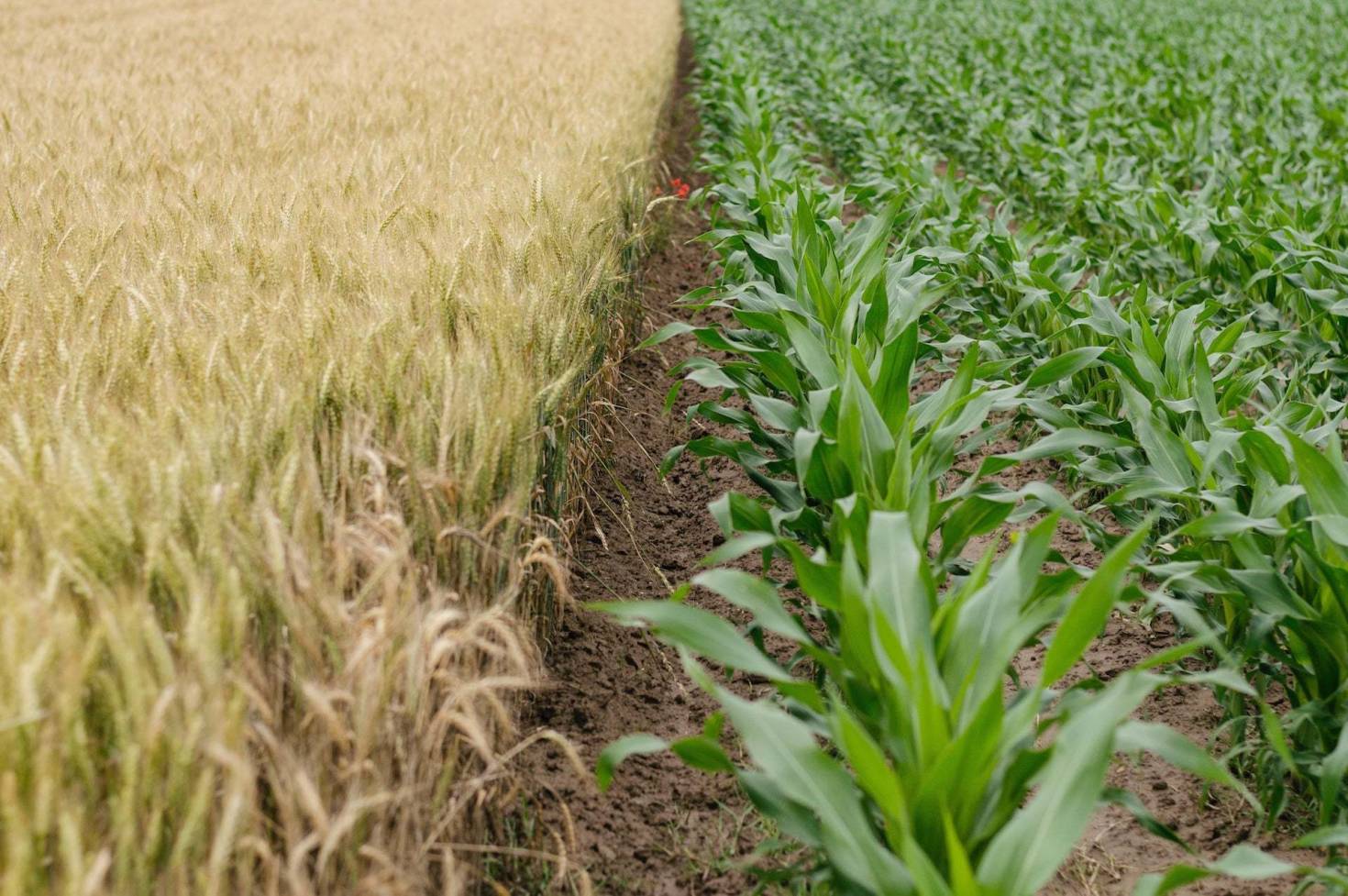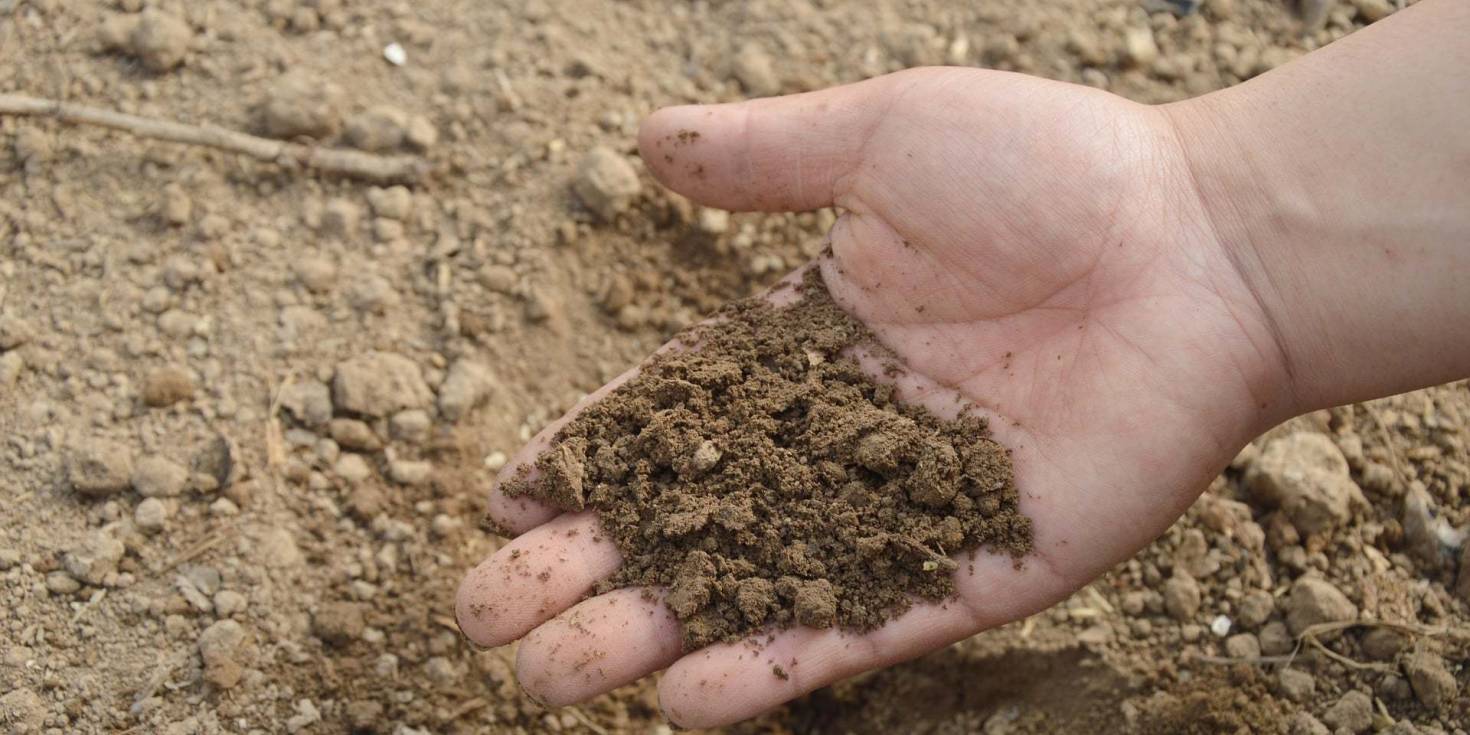Soil is a living ecosystem, which is essential for human and environmental health. A large percentage of the food we eat is grown, and it’s grown in soil. For farmers, better soil equals increased yields which translates into higher profits. Many people depend on their land’s productivity for their livelihood. The question is...how do I get optimal production out of my farmland? A key ingredient in optimizing crop production is soil testing.
It’s better to plant a $2 tree in a $25 hole, than a $25 tree in a $2 hole.
Soil testing is essential and here's why
Soil testing refers to the analysis of a soil sample to determine the makeup of the soil. Soils contain nutrients, living organisms, and water that help create healthy and sustainable environments for plants to grow. Improving the quality of your soil can result in increased production and higher quality yields, and since much of our food grows out of soil, more nutrients in our soil equal more nutrients in our food. Sampling and testing your soil will answer questions such as what condition is your soil in? Is your soil in balance? What can you do to improve your soil quality?
What can you find out from a soil test?
Available nutrient levels can determine the fertility, or growth potential, of the soil. Phosphorus (P), Nitrogen (N), Potassium (K), Calcium (Ca), and Magnesium (Mg) are among the more common elements tested for. This analysis will be the basis for recommendations of fertilizer to be added to the soil.
Soil PH will be analyzed to determine the acidity levels in your soil. PH levels are measured on a scale from 1 to 14. The lower the level the more acidic the soil is, while the higher the level the more alkaline, or basic, the soil is. 7 is neutral, or completely balanced. This analysis will be the basis for recommendations of lime or sulfur to be added to the soil.
Crops known as cover crops can be grown, which are crops not grown to produce cash but simply to improve the fertility of the soil. Specialized soil testing can include analysis of soil salinity, organic carbon, aluminum, and other non-essential trace minerals, but these tests are not usually performed unless there are out of the ordinary reasons to suspect they are needed.
Drainage rates can be measured in what’s known as a percolation test (perc test). This test may not seem very scientific, but is extremely important and can have substantial implications. The test is performed by digging a hole, pouring water into it, and measuring the length of time it takes for the soil to absorb the water. The results of this test can end up being deal-breakers in land transactions.
Specific components can be tested individually as needed. This could include lead screening, soil respiration, hardness, active carbon, rapid texture, soluble salts, and many more. Going this “a la carte” route is a way to save some money since you’re just testing for one specific element.
Here’s an example of a soil test report provided by the Texas A&M Agrilife Extension.
The International Plant Nutrition Institute has performed a soil level summary for North America every 5 years, the last one being conducted in 2015. You can look at the results in chart form filtered by element and location of North America’s distribution, change, and median.


How much does soil testing cost?
The amount you're looking at paying for a soil test varies, but the biggest variation will depend on whether you buy a do-it-yourself kit, or have it analyzed by a professional company in a lab. The price also depends on what all you want tested. Whether or not you should hire a professional or do-it-yourself depends on your pocketbook and the extent of the testing. DIY kits usually range from $10-$40, depending on what all it’s capable of testing. According to HomeAdvisor, the cost of having your soil tested in a lab can vary drastically, depending on location, the type of test, and the number of samples needed.
Test results are only as good as the samples that were tested. If you want accurate, useful results, sample your soil correctly, at the right time, and treat it with care. Whether you use a lab or a DIY kit, the sample should represent the area it is taken from. A lot of people don’t realize that you can hire a landscaper to test your soil for you. Usually, they will not be very invasive when obtaining the sample and can translate the results which tend to be confusing.
It’s important to note there are other factors that can stunt the growth of crops such as drought, disease, insects, or oversaturation. Nevertheless, enhancing your soil quality improves your chances of harvesting a better yield and can bring benefits and boost productivity for all farmers, landscapers, gardeners, and lawn connoisseurs. If what you're trying to grow doesn't look too good, maybe it's time to test your soil.
Agricultural land has become a popular investment class due to its stable nature. To find out more, head over to our blog and read about investing in farmland.
If you're a farmer and haven't got to soil testing yet because you're looking for land to get started or expand, make sure to check out our agricultural land for sale.

